Home>Furniture & Design>Outdoor Furniture>What Outdoor Plants Don’t Need Sunlight
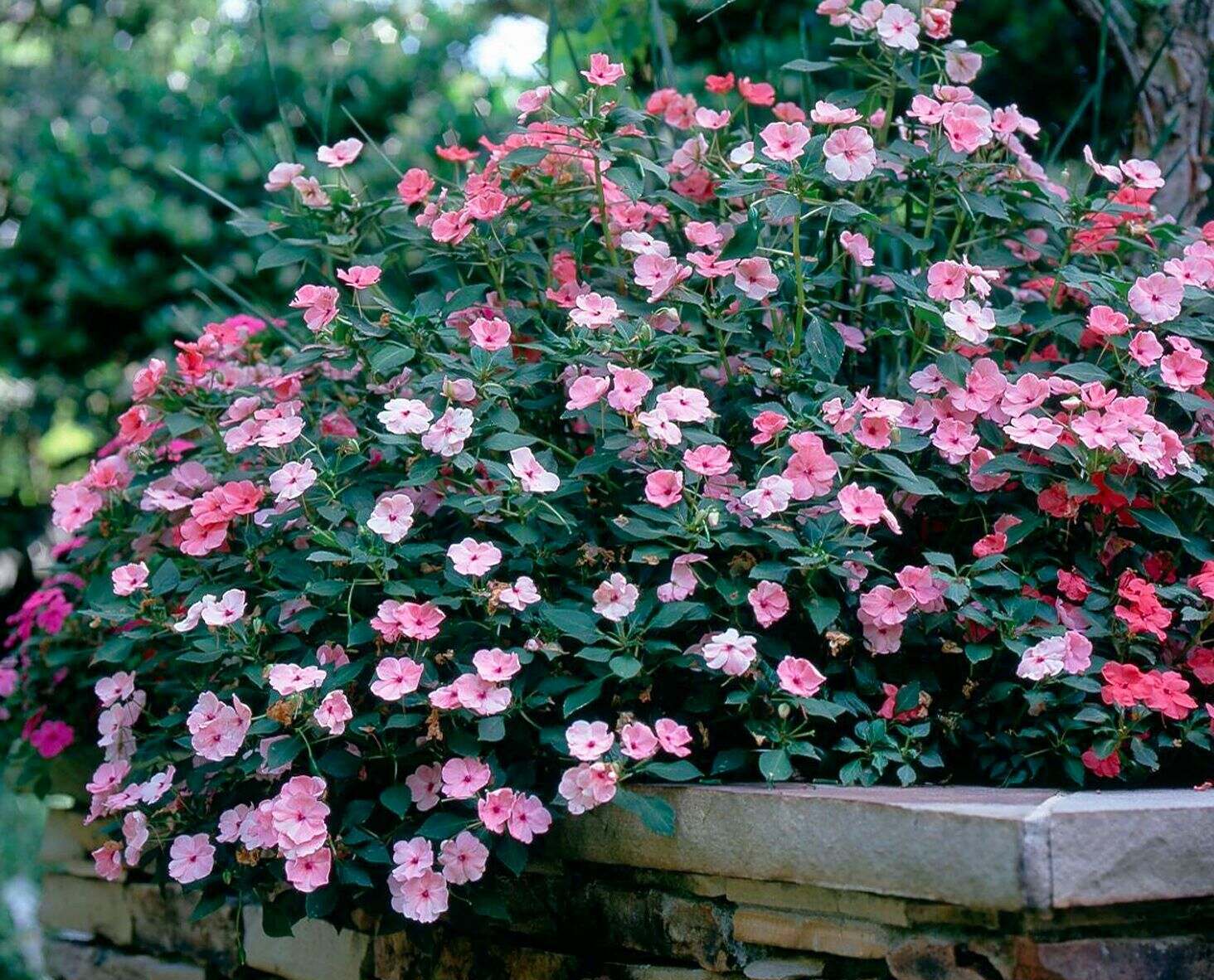

Outdoor Furniture
What Outdoor Plants Don’t Need Sunlight
Modified: August 17, 2024
Discover outdoor plants that thrive without sunlight and enhance your outdoor space with our selection of furniture and design. Explore our range now!
(Many of the links in this article redirect to a specific reviewed product. Your purchase of these products through affiliate links helps to generate commission for Storables.com, at no extra cost. Learn more)
Introduction
Are you longing to transform your outdoor space into a lush, green oasis, but sunlight is a scarce commodity? Fret not, as there are a plethora of outdoor plants that thrive in the shade. Whether your garden is nestled beneath towering trees or your balcony receives limited sunlight, there are numerous shade-loving plants that can add vibrancy and life to your outdoor haven. In this article, we will delve into the captivating world of low-light outdoor plants, exploring their diverse beauty and the care they require to flourish. So, let's embark on a journey to discover the enchanting realm of shade-loving outdoor plants and unveil the secrets to nurturing them to their fullest potential.
Key Takeaways:
- Embrace the beauty of shade-loving outdoor plants like ferns, hostas, and hellebores to create lush, vibrant outdoor spaces, even in shaded areas with limited sunlight.
- Nurturing shade-loving outdoor plants involves assessing light levels, choosing the right species, and providing consistent moisture, offering a rewarding journey to transform shaded spaces into enchanting havens.
Read more: How Much Sunlight Do Mums Need
What Are Shade-Loving Plants?
Shade-loving plants, also known as shade-tolerant or low-light plants, are species that have adapted to thrive in environments with limited exposure to direct sunlight. These plants have evolved unique characteristics that enable them to harness the minimal light available in shaded areas, making them ideal choices for outdoor spaces with partial or full shade.
One of the defining features of shade-loving plants is their ability to photosynthesize efficiently in low-light conditions. They often have larger leaves to capture as much light as possible and may display deeper shades of green, which allows them to maximize the absorption of available light. Additionally, some shade-loving plants have evolved to spread through rhizomes or runners, enabling them to compete for nutrients and moisture in densely shaded areas.
Shade-loving plants encompass a diverse array of species, ranging from delicate ferns and vibrant hostas to elegant astilbes and resilient hellebores. These plants not only contribute to the visual appeal of shaded outdoor spaces but also play a crucial role in maintaining ecological balance by providing habitats for various organisms and enhancing the overall biodiversity of the environment.
When selecting shade-loving plants for your outdoor area, it’s essential to consider the specific light conditions and microclimates present in the designated space. By understanding the unique requirements of these plants and their adaptability to shade, you can curate a captivating outdoor sanctuary that thrives in harmony with its natural surroundings.
Low-Light Outdoor Plants
Embracing the allure of shade-loving outdoor plants opens up a world of botanical wonders, offering an abundance of options to adorn your outdoor space with lush greenery and captivating blooms. Here are some exemplary low-light outdoor plants that can thrive in shaded environments:
- Ferns: Renowned for their graceful fronds and exquisite foliage, ferns are quintessential shade-loving plants. Their feathery leaves and diverse textures add a touch of elegance to shaded areas, making them a popular choice for gardens, patios, and balconies.
- Hostas: With their striking variegated leaves and impressive resilience in shade, hostas are prized for their ornamental value. These versatile plants come in a myriad of sizes and colors, offering endless possibilities for creating visually captivating outdoor arrangements.
- Astilbes: Known for their stunning plume-like flowers that adorn shady corners with vibrant hues, astilbes thrive in moist, shaded conditions. Their enchanting blooms and lush foliage make them a charming addition to any shade garden or outdoor landscape.
- Hellebores: Celebrated for their early bloom and enduring beauty, hellebores are cherished shade-loving perennials. Their exquisite, nodding flowers and rich, dark green foliage bring a touch of enchantment to shaded outdoor settings, heralding the arrival of spring with grace and elegance.
- Japanese Forest Grass: This ornamental grass species boasts cascading, arching foliage that adds a sense of movement and tranquility to shaded areas. Its graceful, golden-green leaves imbue shaded landscapes with a serene and ethereal ambiance, making it a sought-after choice for creating serene outdoor retreats.
These low-light outdoor plants not only thrive in shaded environments but also offer an array of captivating textures, colors, and forms, allowing you to craft enchanting outdoor spaces that exude natural beauty and tranquility.
Some outdoor plants that don’t need direct sunlight include ferns, peace lilies, and snake plants. These plants can thrive in shaded or low-light areas of your garden or home.
How to Care for Shade-Loving Outdoor Plants
Caring for shade-loving outdoor plants entails providing them with the optimal conditions to thrive in environments with limited sunlight. By understanding their specific needs and implementing thoughtful care practices, you can ensure that these plants flourish and adorn your outdoor space with their captivating beauty. Here are essential tips for nurturing shade-loving outdoor plants:
- Assess Light Levels: Evaluate the light conditions in your outdoor space to determine the degree of shade. While some shade-loving plants thrive in dappled light, others prefer deeper shade. Understanding the light levels will guide you in selecting the most suitable plants for your specific environment.
- Choose the Right Plants: Select shade-loving plant species that align with the light and moisture levels present in your outdoor area. Consider factors such as soil drainage, humidity, and climate to ensure that the chosen plants are well-suited to the conditions of your garden, patio, or balcony.
- Provide Adequate Watering: While shade-loving plants may require less water than their sun-loving counterparts, it is crucial to maintain consistent moisture levels in the soil. Regular, thorough watering, especially during dry periods, is essential to support the growth and vitality of these plants.
- Implement Mulching: Apply a layer of organic mulch around the base of shade-loving plants to conserve moisture, regulate soil temperature, and suppress weed growth. Mulching also enhances the visual appeal of outdoor plantings while fostering a conducive environment for the plants’ root systems.
- Monitor Soil Quality: Ensure that the soil in shaded areas is well-draining and rich in organic matter. Periodically assess the soil pH and nutrient levels, amending the soil as needed to create an optimal growing medium for shade-loving plants.
- Prune and Maintain: Regularly inspect and prune shade-loving plants to remove damaged or withered foliage and promote healthy growth. Additionally, monitor for signs of pests or diseases, taking prompt action to safeguard the well-being of the plants.
- Protect from Harsh Elements: Shield shade-loving plants from strong winds, extreme temperatures, and other environmental stressors that may compromise their health. Providing a sheltered, nurturing environment will contribute to the longevity and vibrancy of these outdoor plants.
By tending to the unique requirements of shade-loving outdoor plants and cultivating a supportive environment, you can revel in the splendor of these resilient and captivating botanical treasures, enriching your outdoor space with their enduring charm and natural allure.
Conclusion
Exploring the realm of shade-loving outdoor plants unveils a captivating tapestry of botanical marvels, offering a myriad of possibilities to infuse shaded outdoor spaces with vitality and beauty. From the delicate fronds of ferns to the enchanting blooms of hellebores, these resilient plants thrive in the dappled light and gentle shade, enriching outdoor settings with their lush foliage and captivating colors.
By understanding the unique characteristics and care requirements of shade-loving plants, you can curate enchanting outdoor sanctuaries that flourish in harmony with their shaded surroundings. The diverse array of low-light outdoor plants, including ferns, hostas, astilbes, hellebores, and Japanese forest grass, presents an abundance of options to adorn gardens, patios, and balconies with natural splendor.
Embracing the care of shade-loving outdoor plants involves thoughtful attention to their specific needs, from assessing light levels and selecting suitable plant species to providing consistent moisture and nurturing the plants through regular maintenance. By implementing these essential practices, you can create an inviting and verdant outdoor oasis that thrives in the gentle embrace of shade.
As you embark on the journey of cultivating shade-loving outdoor plants, you will witness the transformation of shaded spaces into enchanting havens brimming with life and vitality. The resilience and enduring beauty of these plants serve as a testament to nature’s ability to thrive in diverse environments, inspiring a sense of tranquility and natural harmony in outdoor settings.
So, whether you seek to adorn a shaded garden alcove, revitalize a tranquil patio, or embellish a serene balcony retreat, the world of shade-loving outdoor plants offers a wealth of possibilities to create captivating outdoor havens that beckon with their timeless allure and verdant charm.
Frequently Asked Questions about What Outdoor Plants Don't Need Sunlight
Was this page helpful?
At Storables.com, we guarantee accurate and reliable information. Our content, validated by Expert Board Contributors, is crafted following stringent Editorial Policies. We're committed to providing you with well-researched, expert-backed insights for all your informational needs.
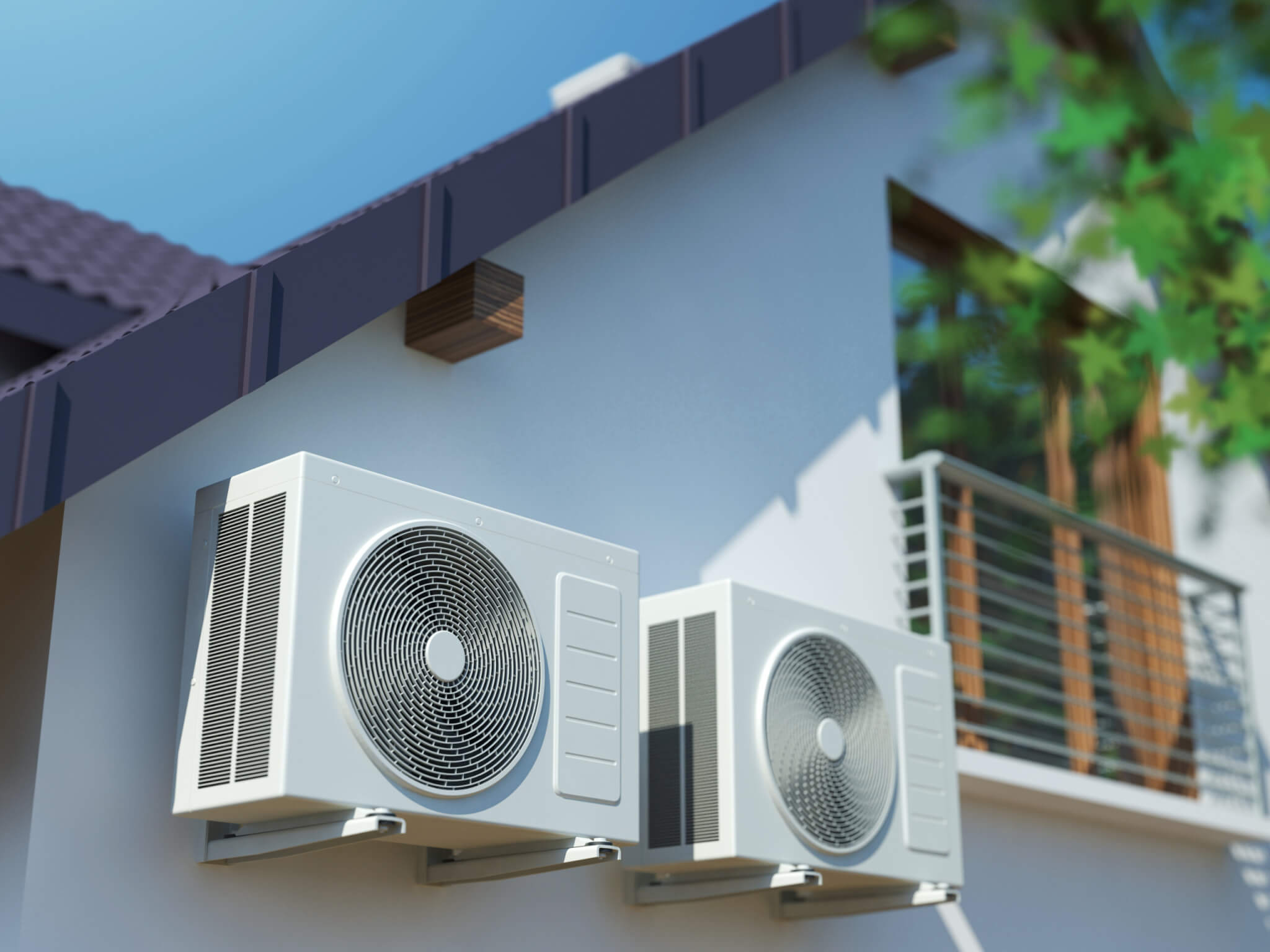
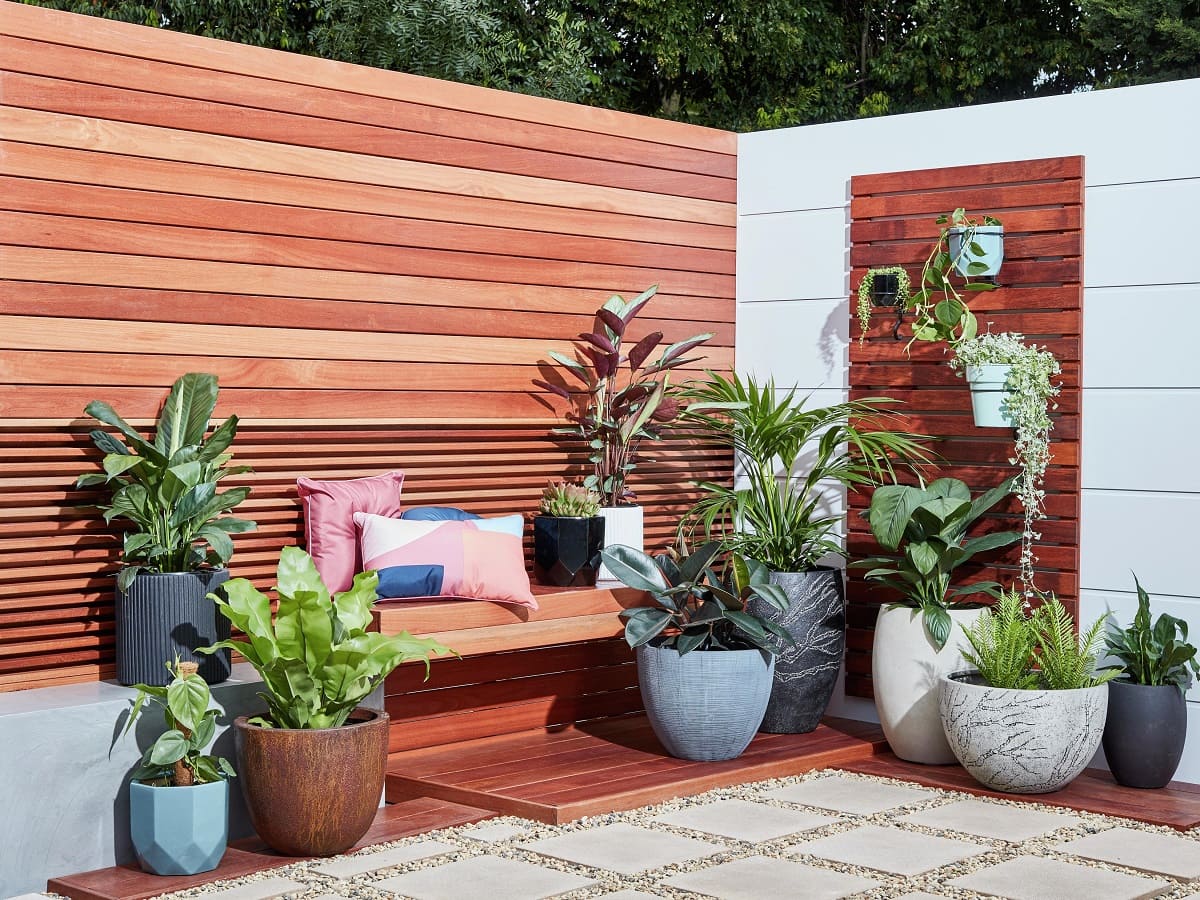
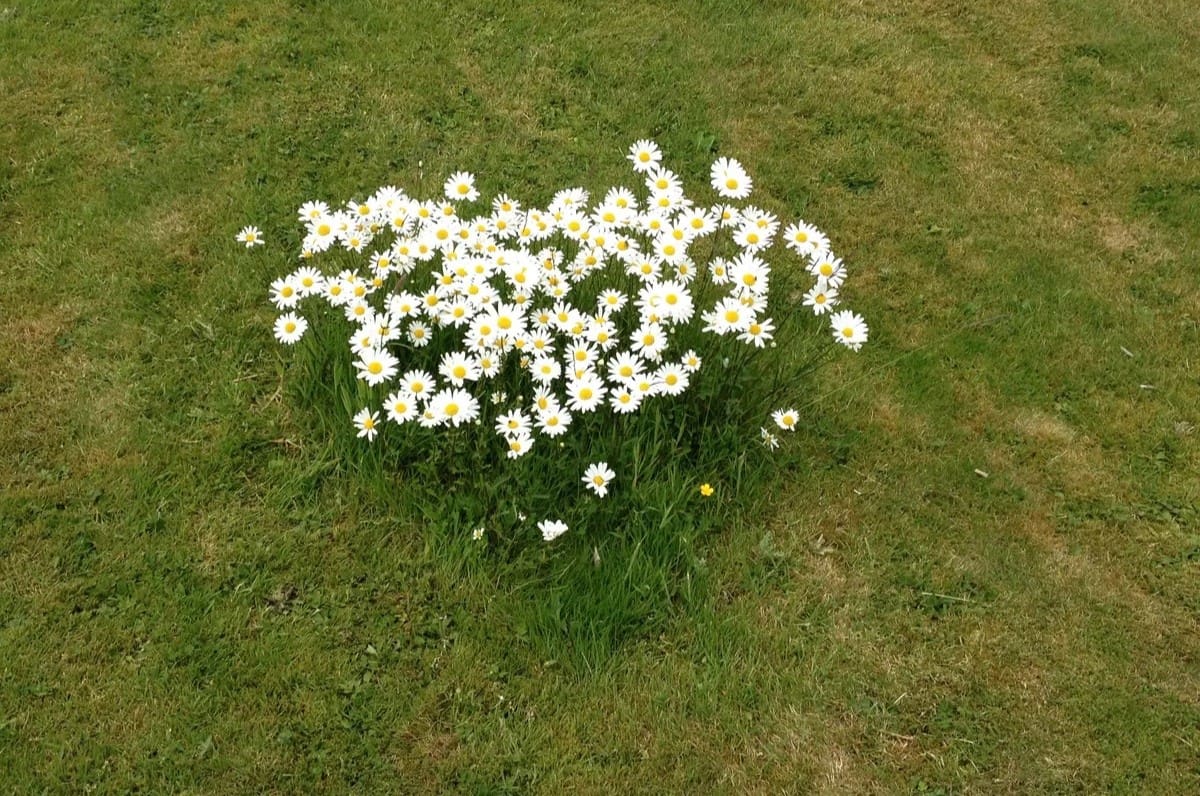
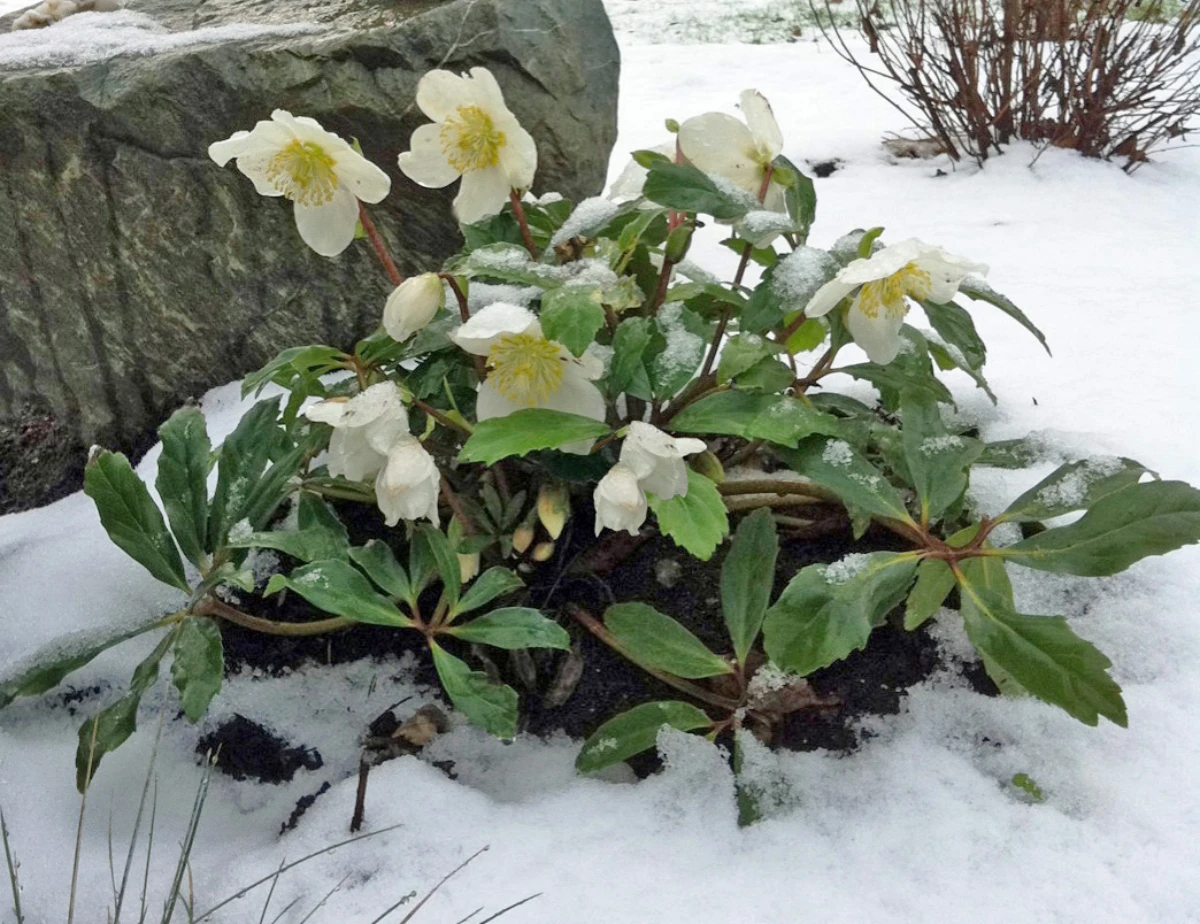
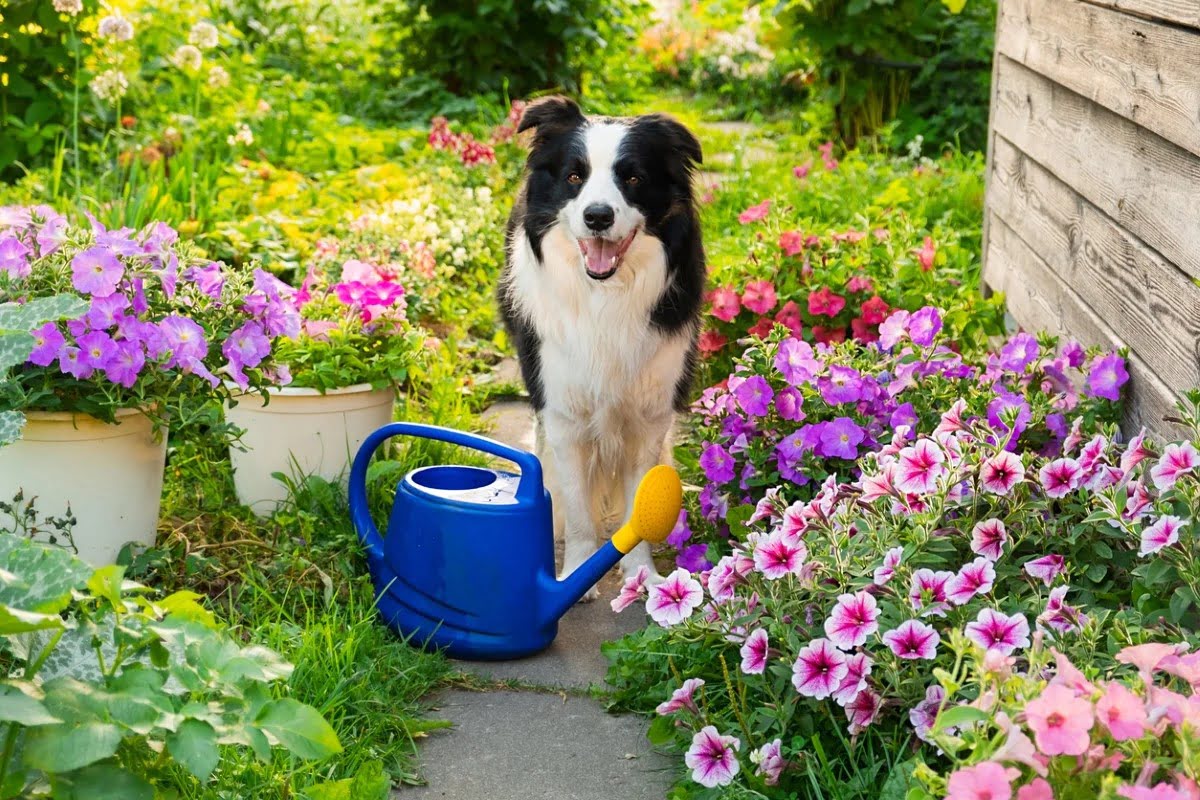
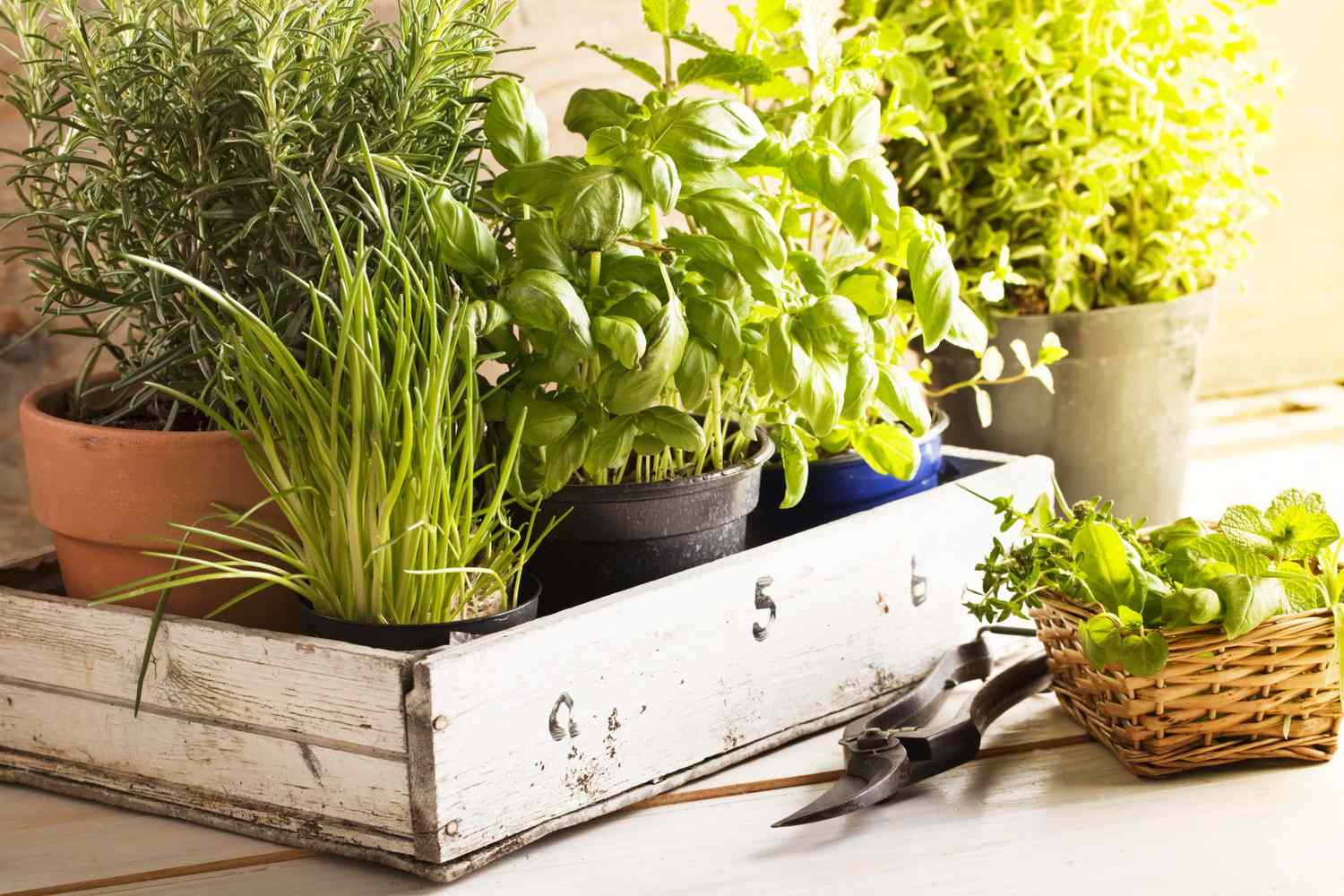
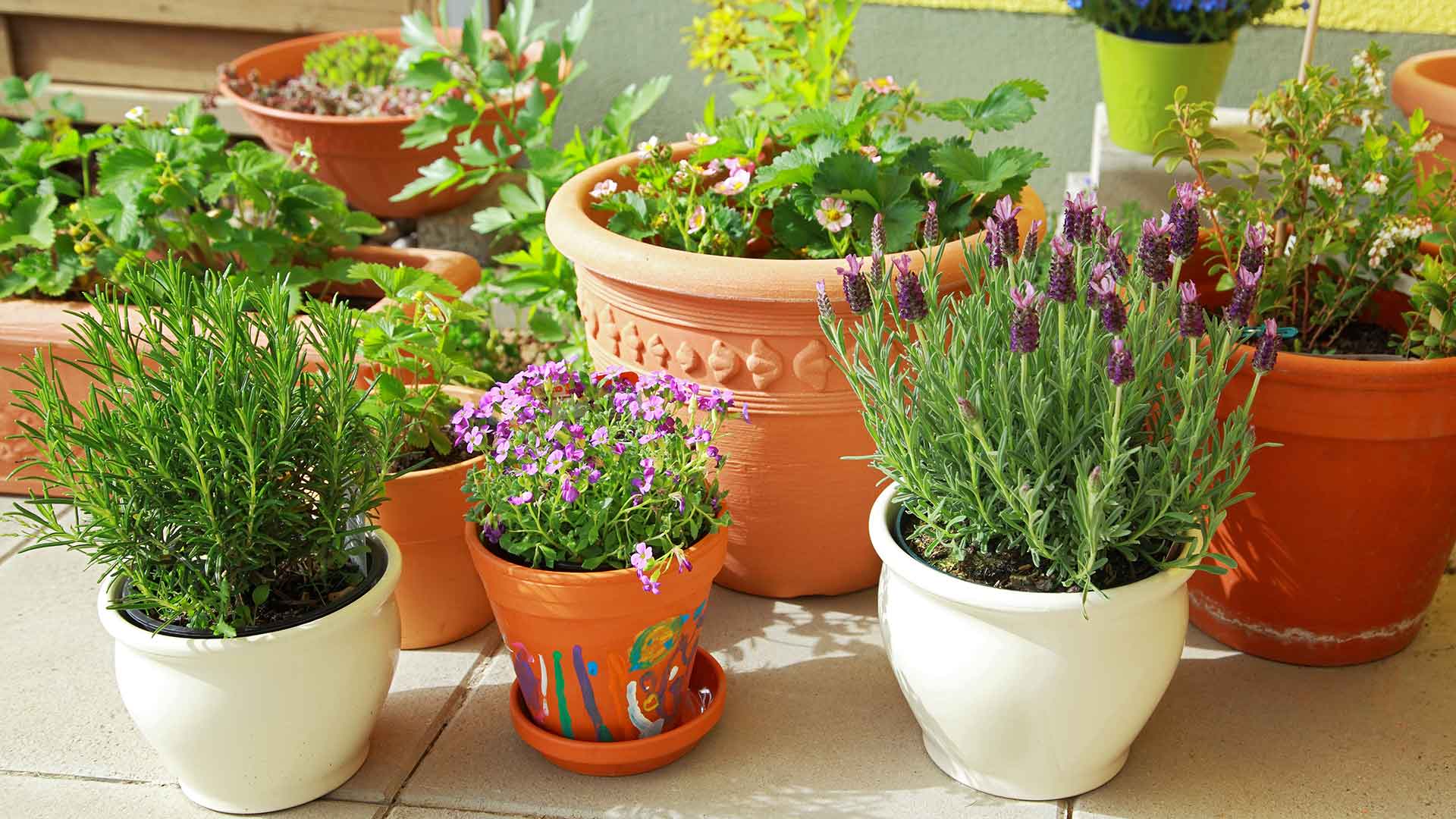
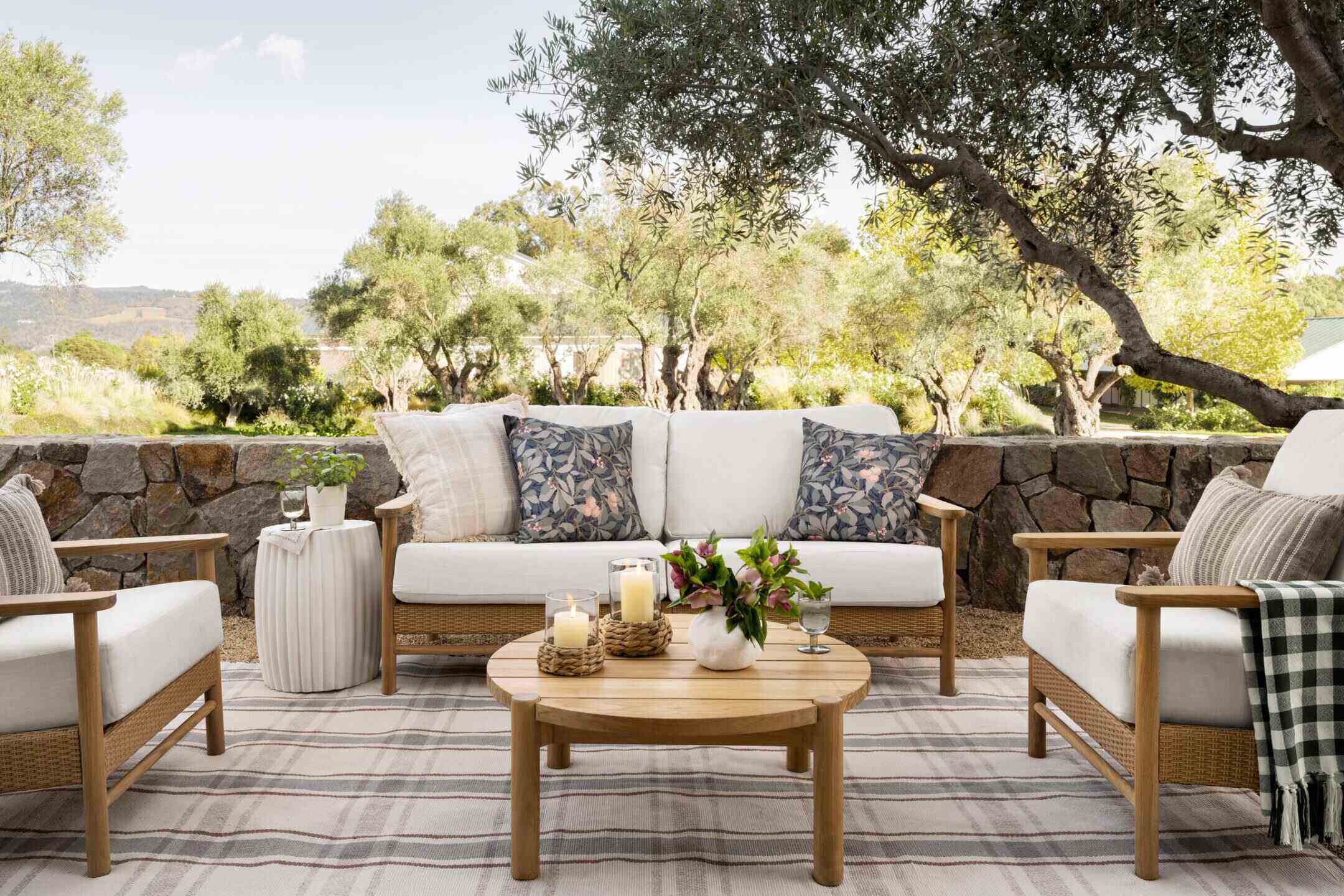
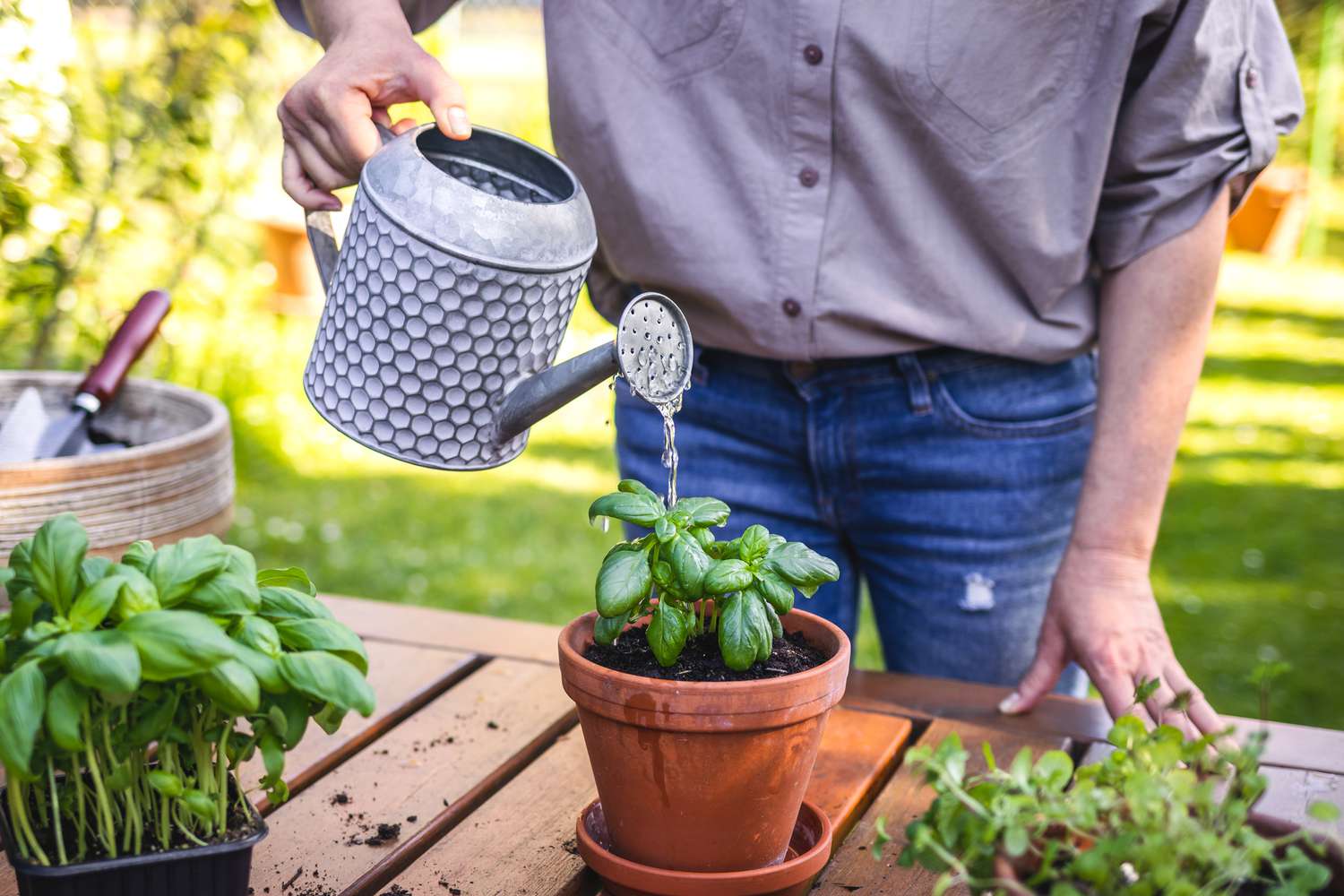

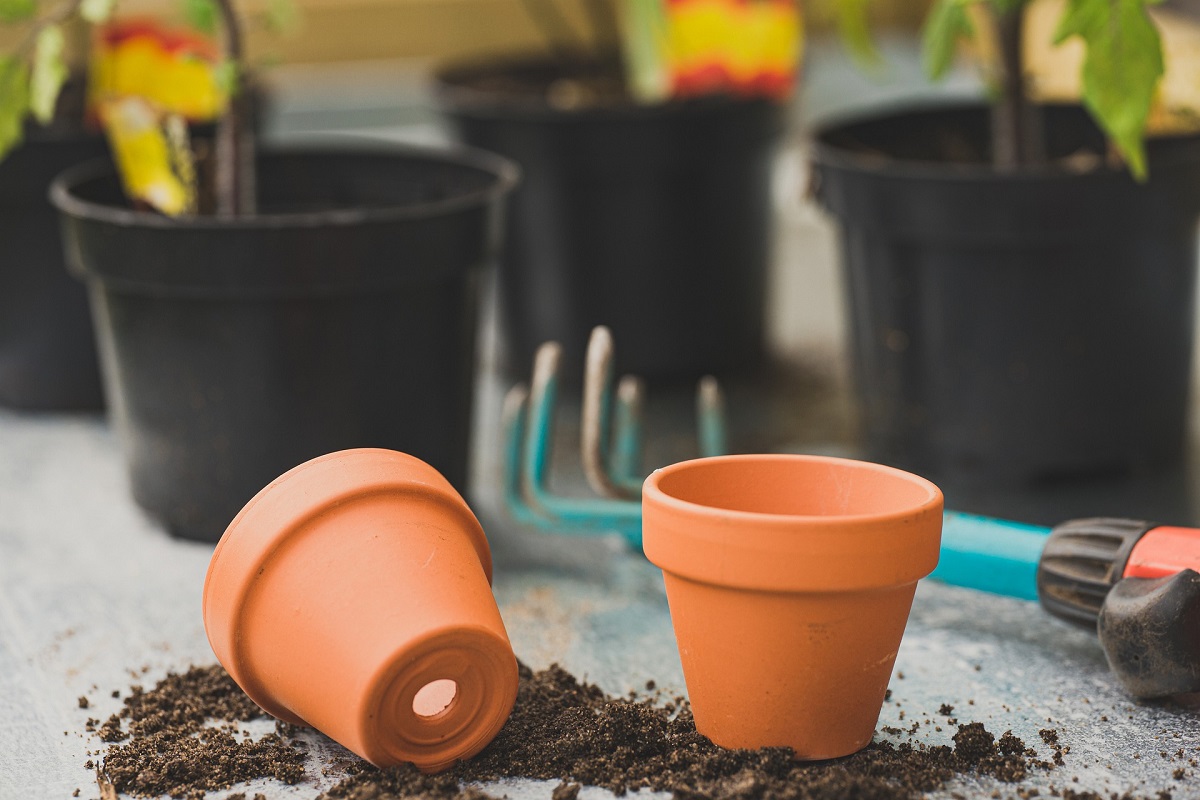
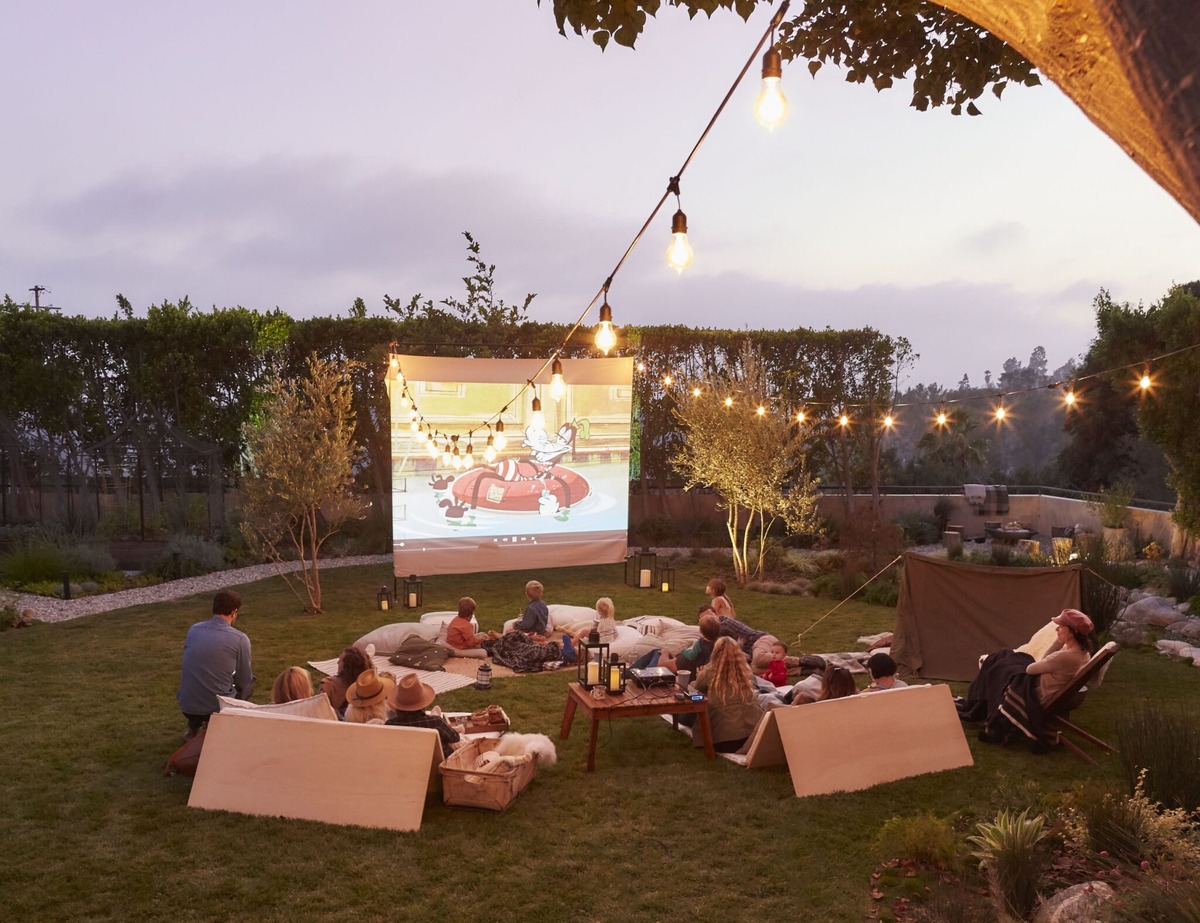
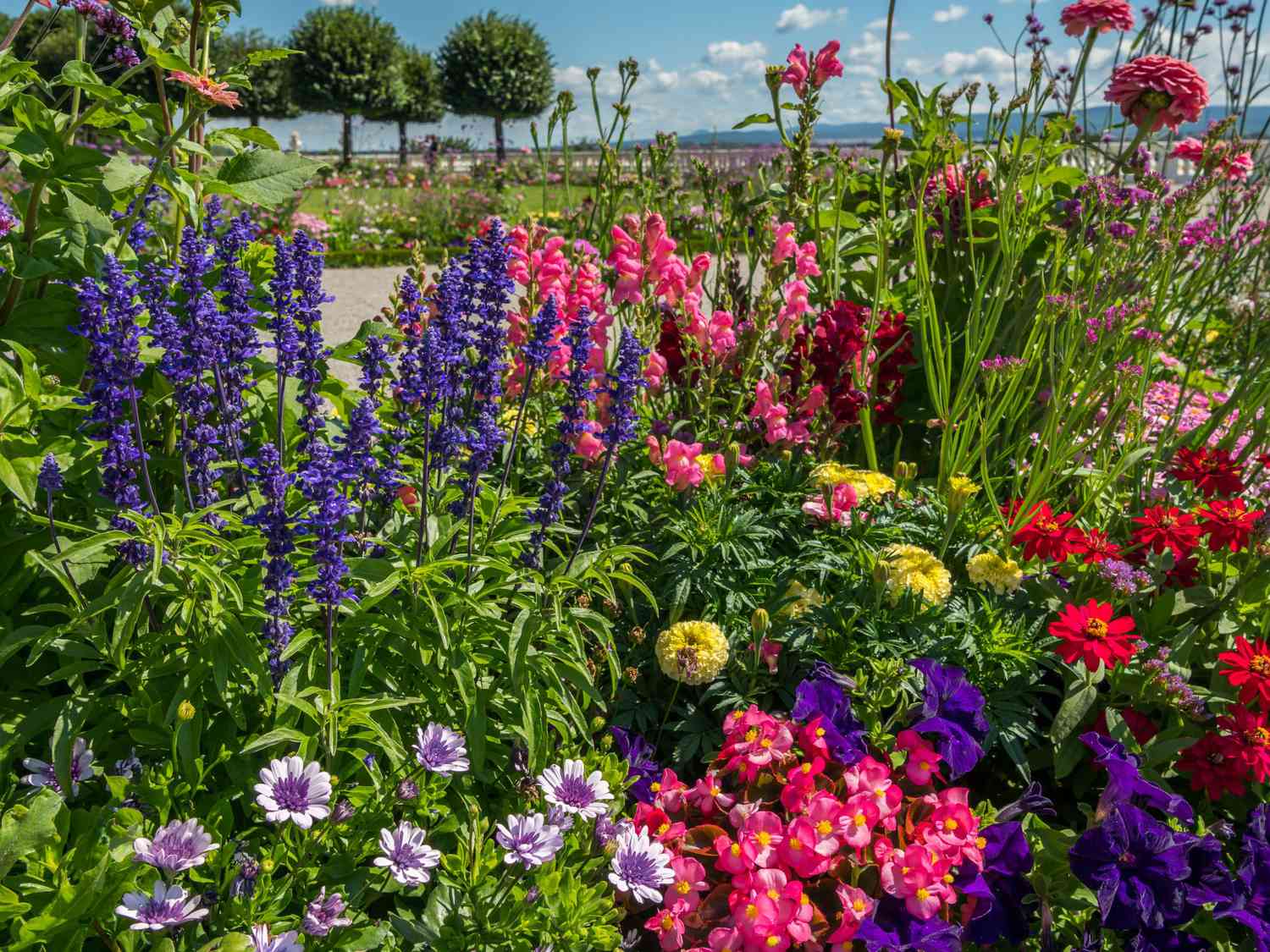
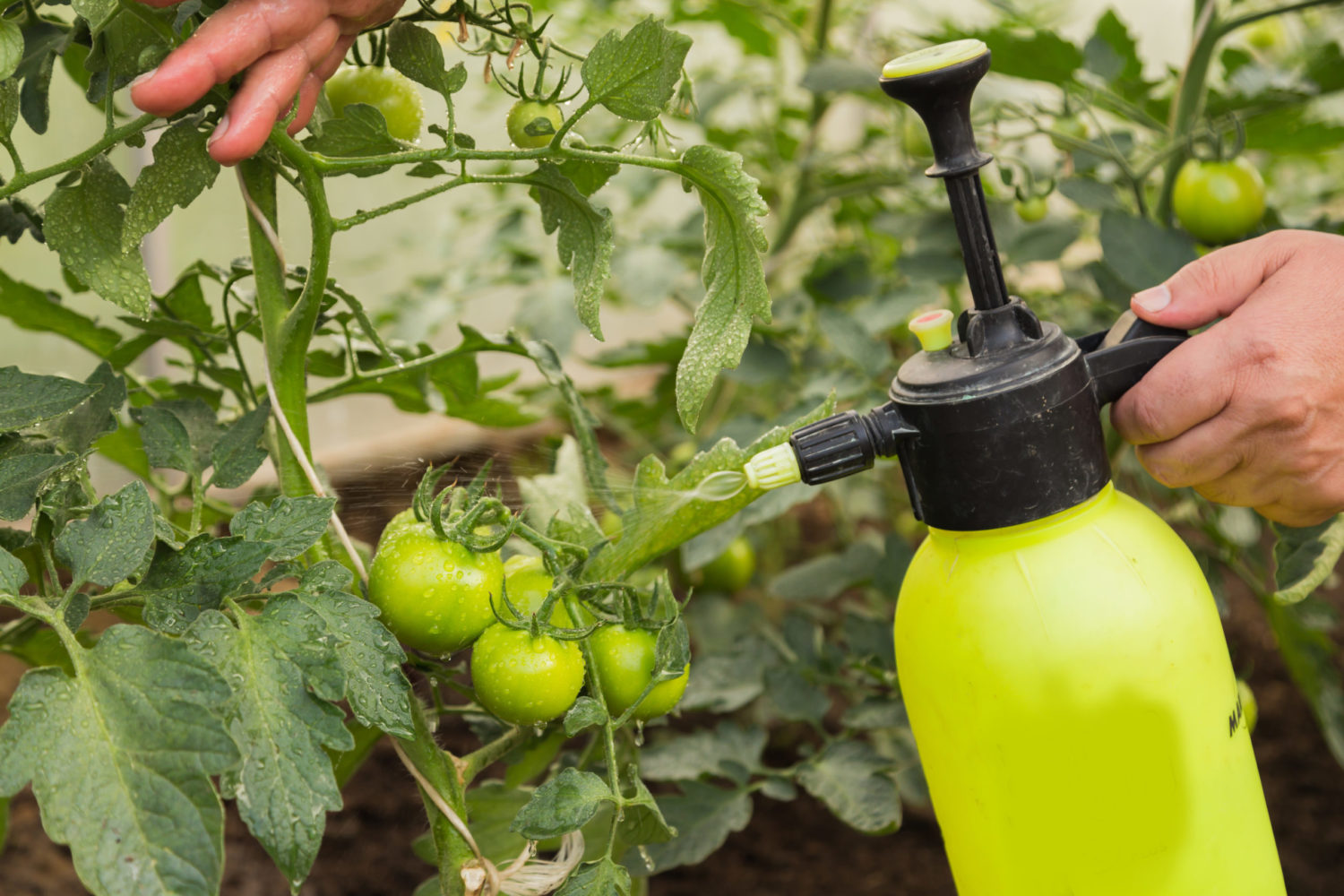
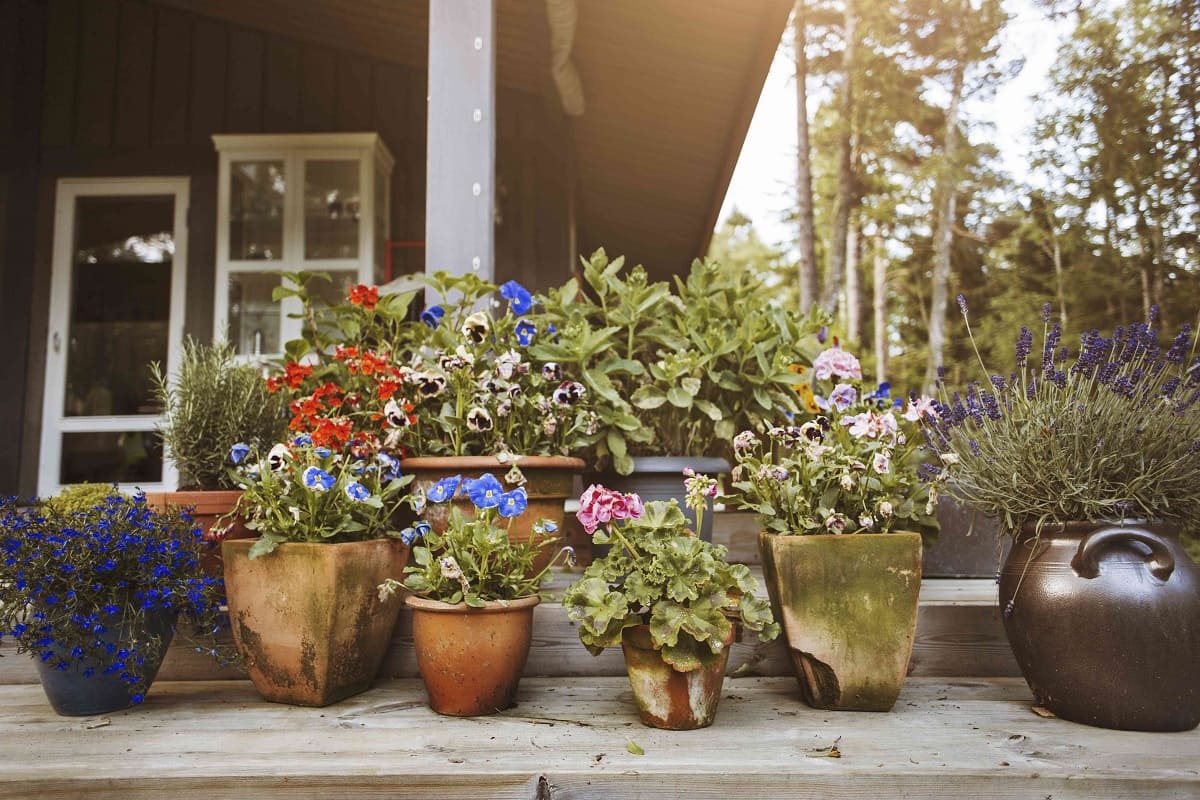

0 thoughts on “What Outdoor Plants Don’t Need Sunlight”